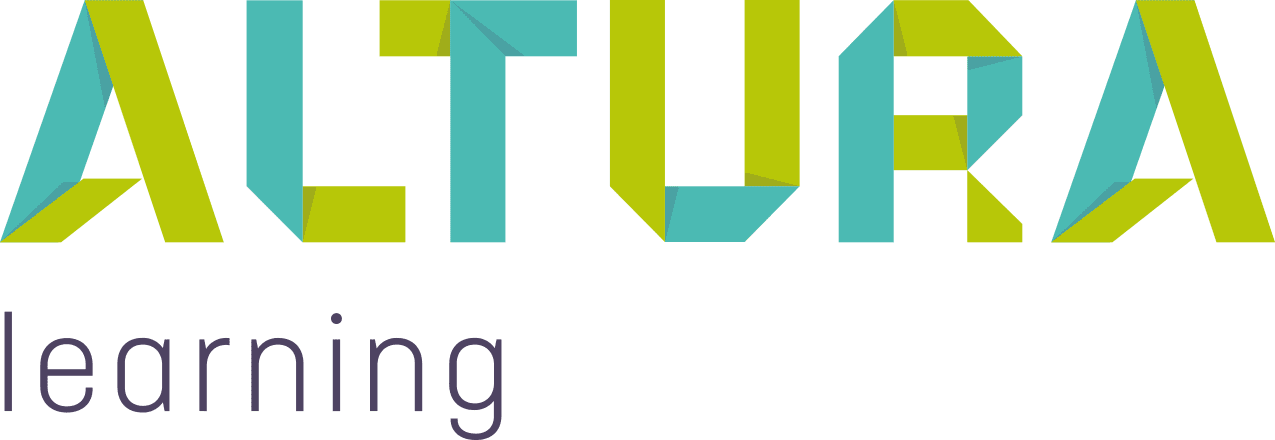Home | Altura Blog |
The theory behind the practice – Altura Learning’s Learning Pathway
August 2, 2019 | Altura Blog
Altura Learning developed a Learning Pathway which is underpinned by adult learning theory and reflective of contemporary practice to support and improve adult learning.
A Learning Pathway is a defined set of courses, experiences or opportunities for learning that a person undertakes to reach a desired goal, proficiency or level of competency.
The pathway is a tool that assists:
- Organisations to identify what course or series may be appropriate for a staff member or group of staff
- The planning and allocation of organisational or learner centric training
- A consistent approach to the identification of the skills and knowledge required for each designation of staff in aged care as well as the opportunities for future development.
The Pathway allocates Altura Learning courses to one of four tiers. Four tiers have been chosen to reflect the broad groups of learning needs of the social care workforce.
The availability of the fours tiers allows staff to work through the courses in each tier without feeling constrained by their designation.
The Pathway allows organisations to identify a course based on their needs, experience or goals rather than the position they have been employed in.
Why Altura Learning chose a Learning Pathway?
A Learning Pathway was chosen:
- to encompass and guide the wide range of learning opportunities that Altura Learning offers
- to provide guidance to individuals and organisations on the selection of courses to meet learner or organisational goals
- as it is underpinned by adult learning principles which optimises the effectiveness of learning. This improves staff skills and knowledge and ultimately the care and services offered to those that they support
- as it encourages learning to be viewed as a process and not a singular event
The methodology of learning pathways was developed by Jim Williams and Steve Rosembaum to provide a practical approach to defining workplace proficiency and producing an effective sequence of training, practice, coaching, and experience to accelerate the time it takes for a new employee to reach a defined proficiency.
This has practical applications to social care under a compliance, competency or skills assessment model, when clear proficiency needs to be demonstrated.
But, learning pathways are not confined to the development of proficiency. It has been demonstrated that successful learning pathways enable people to gain the skills and knowledge to manage and progress in their careers.
Contemporary adult learning research contextualised to the workplace, puts the learner centre stage and recognises people as the primary agent for change and organisational performance outcomes . Learning pathways acknowledge this and allow learners to self develop and provide a flexible means to identify expand and the skills, abilities, experiences and passions of individuals.
Organisations can utilise tools such as the Bridge Learning Management Systems (LMS) to create and support the pathways similar to curriculums, which can be used to collect and report individual results as well as collective results for all associates in a job role or department.
Altura Learning’s Learning Pathway is designed to be a tool, to assist and support learning in organisations, to help achieve positive learner engagement outcomes, the improvement of skills and knowledge, and ultimately support the provision of care and services that meet the full range of needs of the people that they support.
Case Study 1
applying the Learning Pathway approach to a new employee
You’ve just employed a new RN in a residential care facility. He previously worked in a hospital in a surgical ward, and although he cared for patients that were living with dementia, he recognises that supporting people in a residential aged care is completely different and has identified that he needs to improve his knowledge of the topic.
Using the Altura Learning’s course library you search for Dementia courses.
This brings up a range of courses. You consider the employee’s role and you really need him to be proficient in assessment and care planning and behaviour management initially, but you will build on those skills in time. You but together a learning plan for this employee with courses in the following order (note: if you click on each course in the course library you can find the learning pathway for each course, the aim and learning outcomes and a trailer to view):
Courses to satisfy immediate need
Course |
Learning Pathway |
| Dementia: An Introduction | Fundamental |
| Dementia: Everyday Care | Fundamental |
| Dementia: Understanding and Responding to BPSD | Developing |
| BPSD: Responding to Behavioural Symptoms of Dementia | Developing |
| Dementia: End Stage of Life | Developing |
| Mental Health: Defining Dementia, Depression and Delirium | Advancing |
Case Study 2
applying the Learning Pathway approach to an existing employee
You have a Care Services Employee that works in your Housekeeping Department. They are really proficient in their role and you see the potential for them to act as a supervisor on the weekends and during the Managers leave.
You discuss your thoughts with the employee and they are really interested in expanding their duties, but they are concerned as they have never managed staff before. You search our library for courses to help develop their skills under our People Management Collection.
You create a learning plan for the employee to complete in the following order:
Course |
Learning Pathway |
| Teamwork: Communication | Developing |
| Teamwork: Resolving Conflict | Developing |
| Orienting New Staff: Being Better Buddy | Developing |
| Leadership: Engaging Your Team | Advancing |


